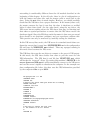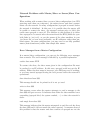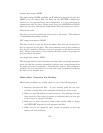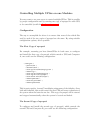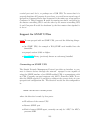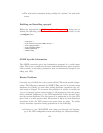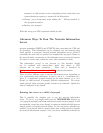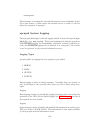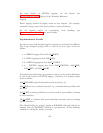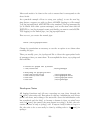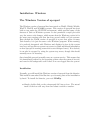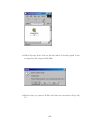parameter to 180 seconds or more, depending on how much time your
system shutdown requires to umount all the filesystems.
• Change /etc/rc.d/apcupsd script adding the ’—kill-on-powerfail’ to
the apcupsd invocation.
• Restart your apcupsd
With this setup your UPS operations should be safe.
Alternate Ways To Run The Network Information
Server
apcupsd maintains STATUS and EVENTS data concerning the UPS and
its operation. This information can be obtained over the network using
either apcnisd or apcupsd’s internal network information server, which is
essentially the same code as apcnisd but compiled into apcupsd. Clients on
the network make a connection to the information server and send requests
for status or events data, which the server then transmits to them.
The information served to the network by this interface should
not be confused with master/slave mode that shares a UPS
between two or more computers. That code is described in
Configuration Directives for Sharing a UPS of this documentation.
There are three different ways to run the information server depending on
your requirements and preferences. It can be run as 1. a standalone pro-
gram, 2. a standalone program invoked by the inetd daemon, or 3. as a
thread (or child process) of apcupsd (default configuration). We recom-
mend option 3 unless you have specific reasons to do otherwise. Option 3 is
what is configured in by default.
Running the server as a child of apcupsd
This is probably the simplest way to run the network information
server. To do so, you simply make sure the NETSERVER directive in
/etc/apcupsd/apcupsd.conf is on, and then stop and restart apcupsd. It will
automatically create the server thread (or spawn an additional child process
named apcnis) to handle network clients. In the case where pthreads are
enabled, a new thread will be created rather than a child process to handle
the network information requests. Note, the above modification should not
115



